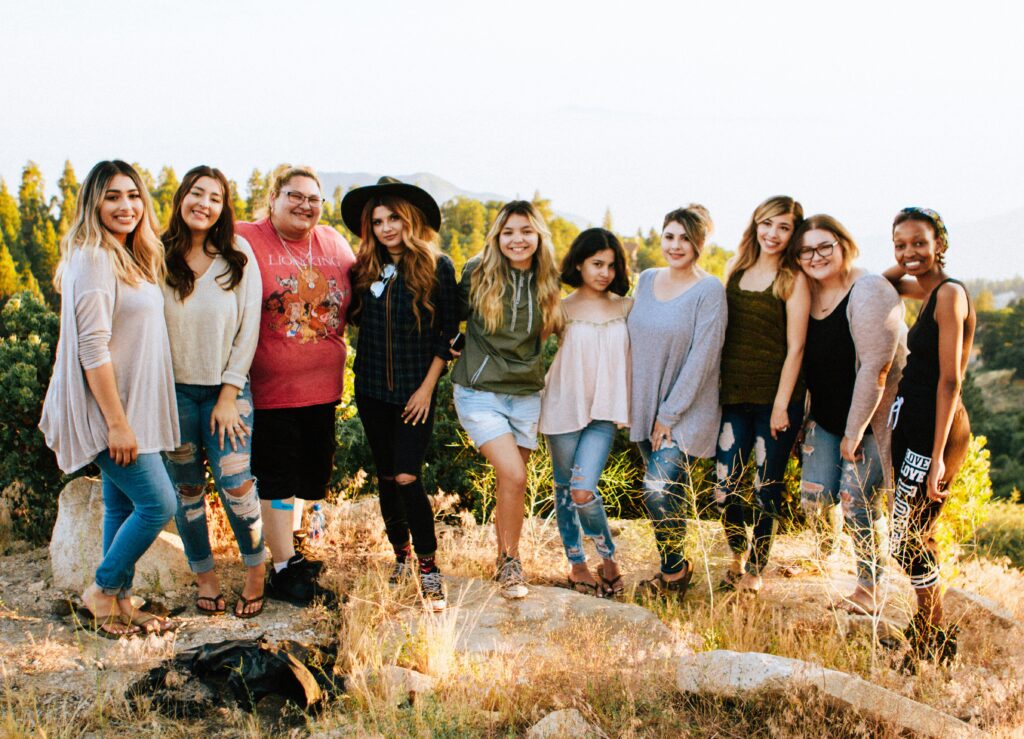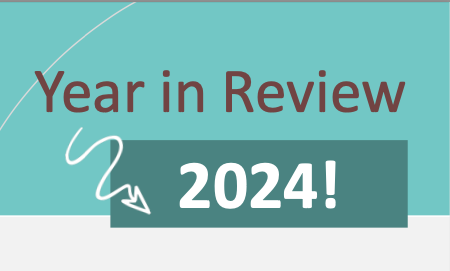At its core, research is about giving all kinds of people the opportunity to have their experiences heard. But in practice, some groups of people are easier to talk to than others. Many groups are considered “hard to reach” because they have been systemically marginalized: economically, socially, and politically. We know that communities are “hard to reach” because of valid distrust and suspicion. Research has historically mistreated, coerced, and misrepresented disenfranchised communities who participate.
For this post, we’re focusing on the ways Southpaw Insights weaves an equity lens approach into each stage of the process to do better research with marginalized groups. Senior Research Associate Hannah Kaplan, whose background in public health guides their work, gives 5 tips for doing this crucial work:
1. Hire Trusted Community Members
Southpaw is the expert in research, and our trusted partners are the expert in the subject matter. From designing the methodology to analyzing the data, we approach projects as a collaboration. We hire experts and trusted community leaders to help build out the recruitment strategies and survey instruments. In a recent project about American Indian and Alaska Native youth’s swimming behaviors and drowning risks, we employed a community leader to establish trust, forge partnerships with tribal communities and colleagues, and adapt our language to be culturally appropriate.
We don’t know what we don’t know. Hiring (emphasis on paid!!) people within the community we’re researching allows us to ask the right questions and approach our work with deep humility and the utmost respect.
2. Find People Where They Are
Traditional research panels, where people sign up to be a part of studies, aren’t always going to cut it. We meet communities where they are and craft creative grassroots recruiting methods, such as posting flyers in community centers and hubs. This allows participants to discover the opportunity to participate in research in spaces they frequent the most. We also utilize our community experts’ networks and post targeted social media ads to find people willing to speak to us. We believe that these strategies allow us to hear from people who wouldn’t traditionally sign up for research, and their voices are important as ever.
3. Compensate People Appropriately
Once people decide to participate, showing appreciation for their time and effort is crucial. There’s a misconception among some that marginalized audiences don’t require large incentives. We feel differently. At Southpaw, we offer fair market rate incentives that make speaking to us worth respondents’ time. We take privacy seriously and clearly lay out what will be shared and what will be kept anonymous. It’s the least we can do to begin to build trust and dismantle tension.
4. Be Accessible
We also ensure our research is accessible. During a project that sought to understand low-income BIPOC young adults’ attitudes around mental health, we hired someone from a similar community to moderate the focus groups. Additionally, we opted for online groups after being informed that transportation is a barrier in the community.
During the focus groups, we gave the youth the opportunity to privately chat about the answers to certain questions, acknowledging the sensitive nature of the topic. We don’t expect a teenager to answer a question regarding the hardest part about their mental health journey in front of their peers! Ultimately, we want to authentically highlight stories of people who might be ignored or mistreated in research, and to do that, we are dedicated to meeting the respondents where they are and catering to their needs.
5. Acknowledge Unconscious Bias
In the past, we’ve spoken with unhoused people, gender non-conforming people, disabled voters, and formerly incarcerated people. As we know, these communities face a tremendous amount of stigma and stereotyping. Before beginning any project, our small team takes ample time to do our background research. What is the history of research that has been done with, and on, this community? How is this community typically spoken about, and what are some of the common misconceptions? It’s our role as researchers to address our own unconscious biases and actively unlearn them.
During the reporting stage, we allow themes to emerge naturally from the data. We’re not looking to confirm our hypotheses, but rather to let the data tell us what the story is and where to go next. Our goal is to highlight the stories of others, and we let raw words and experiences lead us as we find patterns in the data.
A lot of people either overlook hard-to-reach audiences or feel as though research with these groups can be done cheaply and quickly. We believe it’s quite the opposite. Here at Southpaw, we know it’s crucial to invest more to gain their perspective. Discover more about our work with hard-to-reach audiences including gender transformers, formerly incarcerated New Yorkers, and Native youth.



